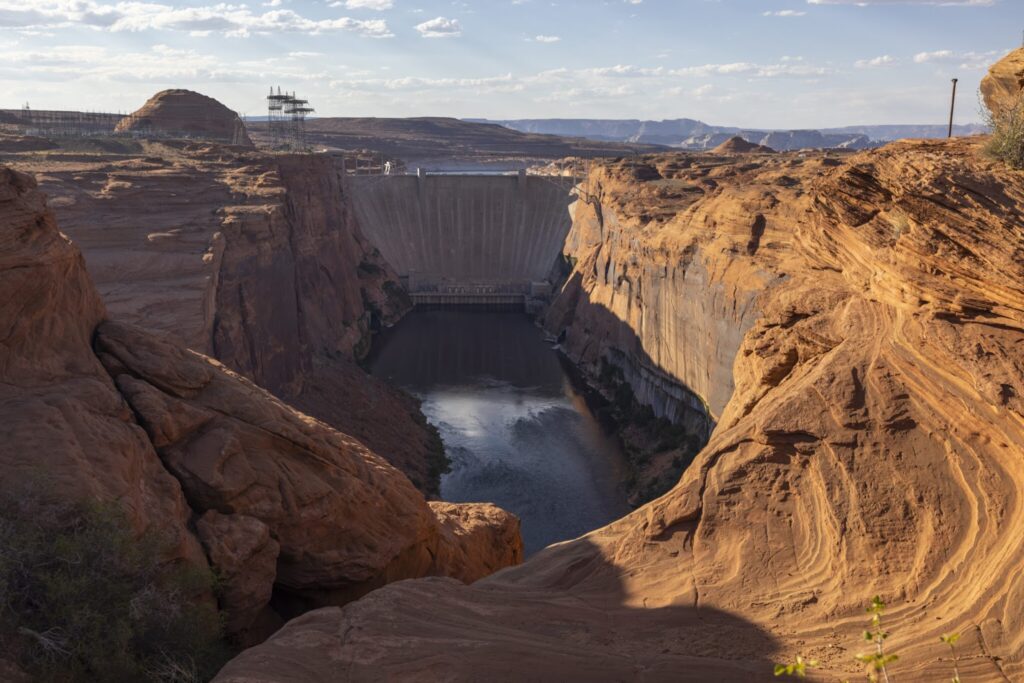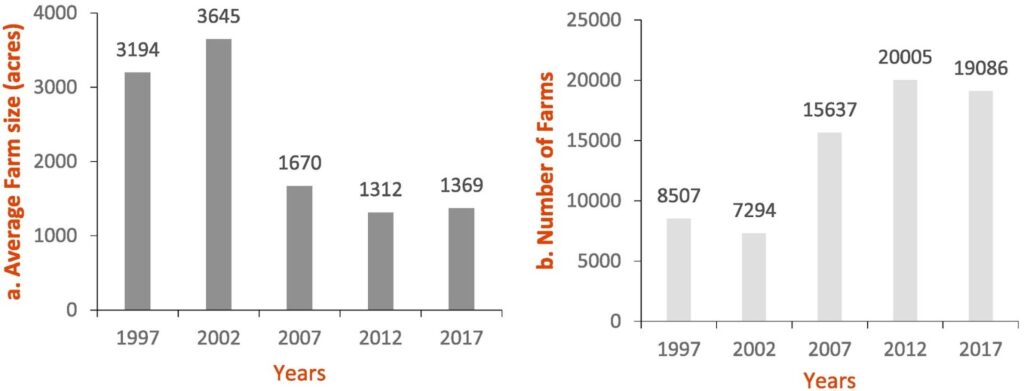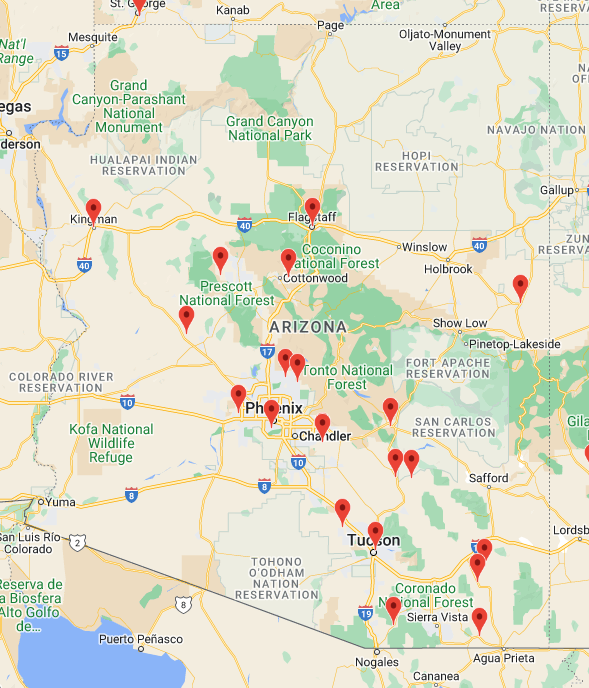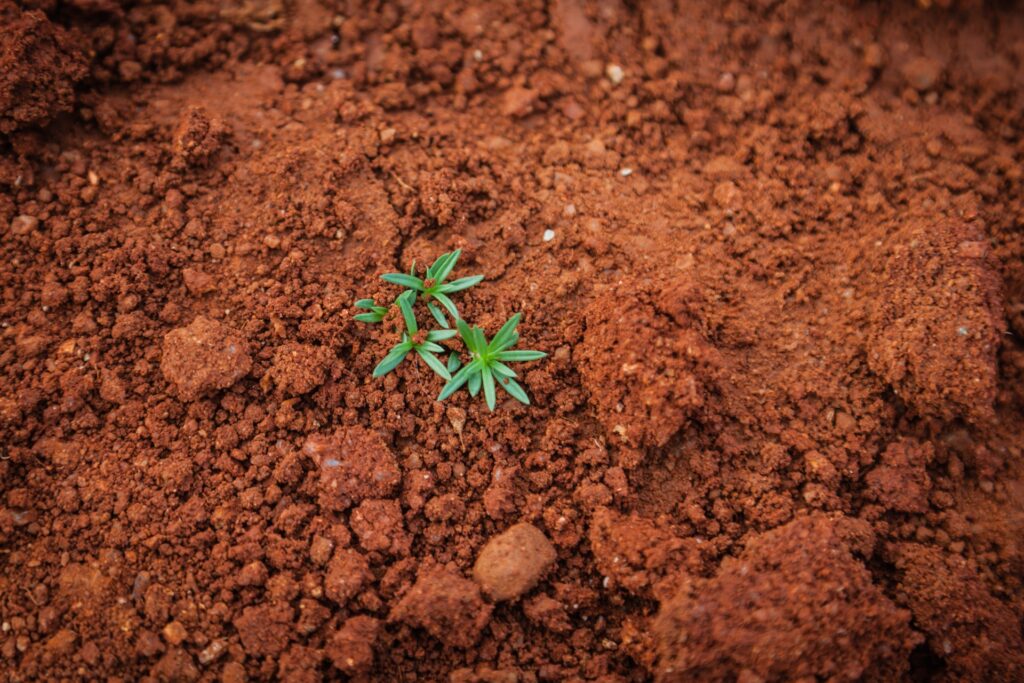Regenerative agriculture (RA), broadly defined, is the practice of any agricultural activity, such as farming or ranching, that improves the environment at the same time as producing food or other farming products.
There are regenerative farms all over the world, although each regenerative farm may use slightly different regenerative practices. This article will explain the benefits of regenerative agriculture in Arizona and will present several examples of regenerative agriculture happening in Arizona.
Background information: What Is Regenerative Agriculture?
Table of Contents
Why Is Regenerative Agriculture Needed in Arizona?
Regenerative Agriculture in Arizona
Why Is Regenerative Agriculture Needed in Arizona?
Agricultural challenges in Arizona, including low soil fertility, limited precipitation, climate change, and population growth, are incentivizing farmers to switch from traditional to regenerative agricultural methods.
Low soil health and fertility: Soil in Arizona is often nutrient-poor due to low precipitation and years of conventional farming that degrades soil. This can make growing large amounts of crops difficult. Regenerative agriculture in Arizona can help increase soil health and fertility. For example, cover cropping, the practice of introducing other plants among cash crops, can increase the amount of organic nutrients available in the soil.
Limited water and precipitation: The amount of rain in Arizona is very location dependent, with an average of 3 inches annually in Yuma, in the southwest (a largely deserted area), and 40 inches annually in the White Mountains, which are located in east central Arizona. However, as a whole, the state gets very little rainfall. In fact, it ranks 47th in the United States for yearly rainfall, making it one of the driest states in the country. Regenerative agriculture such as new irrigation practices can help farmers adapt to growing with less water. Regenerative agriculture can also increase soil’s ability to hold water, which also helps farmers use less irrigation.

Source: David McNew/Getty Images – Inside Climate News
Climate change: As climate change worsens, Arizona is experiencing its impacts, including less precipitation and more extreme climate events like drought. Arizona has warmed by about two degrees Fahrenheit in the last century, and has a much lower amount of yearly precipitation than in the past. According to a 2021 study of small farms in Arizona, many farmers cite “extreme climate conditions” as one of the main reasons for their regenerative practices (discussed below). Regenerative agriculture can not only help farmers adapt to climate change’s conditions, but it can even help mitigate climate change by increasing carbon sequestration, the ability of soil to hold carbon.
Read more: Low Carbon Agriculture
Population growth: Arizona’s population has grown tremendously in the last century, as well as the United States’ population as a whole. With increasing population comes an increased demand for food. While much of Arizona’s produce is grown elsewhere, regenerative agriculture in Arizona can help produce more food on smaller areas of land, as RA can help increase crop yields.
As the population grows and the climate becomes more extreme in Arizona, farming patterns and practices in the state are shifting.
- The average farm size in Arizona decreased by 57% from 1997 to 2017. This may be due to land degradation and less available arable land.
- Despite (and because of) the decrease in farm sizes, the number of farms in Arizona increased by 127% between 1997 and 2017.
- Many smaller farms depend on regenerative agriculture.

Source: Mpanga et al. 2021, USDA, National Agricultural Statistics Service 2018
Regenerative Agriculture in Arizona
Regenerative agriculture is happening in Arizona in a number of ways. These include regenerative farms, research on regenerative agriculture, and companies that supply healthy soil to farmers in Arizona to encourage regenerative farming.
Farms
Around 52% of small commercial farms in north-central Arizona are family owned farms that use regenerative farming practices. These practices include:
- Cover cropping (27% of small farms)
- Composting (26%)
- Crop rotation (23%)
- Animal and green manure (22%)
- No-till (21%)
- Reduced-till (18%)
In fact, only 13% of these small farms used synthetic fertilizers, and only 5% used synthetic chemicals to control pests. The rest of the small farms used natural weed and pest-control methods.
Many of these small farms in Arizona also used “soil amendment practices,” or practices that change the soil makeup or soil nutrients through human manipulation of the soil. This can include managing soil pH (acidity) or using mineral fertilizers, manure, or compost to increase soil fertility.
Here are a few examples of farms in Arizona using regenerative agriculture.
Rhiba Farms
Rhiba Farms is a small regenerative farm located in San Tan Valley, Arizona. With their slogan, “Sustainable urban farming in the desert,” Rhiba Farms is very aware of the challenges of growing in Arizona, as well as the benefits of regenerative agriculture in Arizona. Not only do they farm organic fruits and vegetables, but they also sell regenerative natural fertilizers and “soil enhancers.”
Rhiba Farms sells their crops in the Phoenix area, and offers farm tours to teach locals about regenerative farming.
Coyote Song Farm
Coyote Song Farm is located in southern Arizona near the San Pedro river. Part of the One Lazy Diamond Ranch, the farm focuses on increasing soil health through regenerative cattle management practices.
The farm also practices pasture rotation with their pigs, in which they transfer the pigs frequently to new pastures in order to avoid degrading the land through overuse. The farm sells a variety of pork and beef products.
Others
There are many other regenerative farms in Arizona. You can find them using Regeneration International’s regenerative farm map.

Source: Regenerative Farm Map, Regeneration International
Research
A 2021 study on farming practices of small-farms in Arizona examines “the role of small-scale farms in sustainable local food production and environmental stewardship.” After surveying small-scale commercial farms in Coconino and Yavapai counties, researchers found that the most popular regenerative areas of focus on these Arizona farms were:
- Soil health and quality (17% of farmers focused on increasing soil health)
- Water-use efficiencies (17%)
- Reduced pesticide and herbicide use (15%)
- Recycling waste into resources (16%)
All of these regenerative agriculture practices help small-scale farmers meet the challenges discussed previously, such as low soil health or little rain.
Soil Management Companies

As mentioned above, many small-scale farms in Arizona use “soil amendments practices” to increase soil health on their farms. Healthier soil allows farmers to grow more food, and increases soil’s ability to sequester carbon. Several companies in Arizona offer soil health solutions such as additives that increase soil health or reduce the need for water use.
MyLand
MyLand is a soil health company based in Phoenix, Arizona. Their goal is to increase crop production through regenerative farming practices. They hope to meet this goal by increasing soil health through microalgae. MyLand introduces native microalgae, a soil microbe, into farms’ soil, which has many benefits to soil health and crop yields. For example, microalgae create carbonic acid, which lowers soil acidity to increase soil’s porosity, allowing crop roots to uptake more nutrients and water. Introducing microalgae also reduces the need for as much water usage and increases the health of soil microbiomes.
Eco-Gem®
Eco-Gem® is a Denver-based company that offers Calcium Sulfate Dihydrate (CSD) that is sourced in Arizona. CSD is a mineral fertilizer that increases soil health and soil’s ability to capture carbon. CSD, also known as gypsum, is known to help soil absorb water better and reduce soil erosion. The company states that farming areas treated with CSD require 30% less water for irrigation.